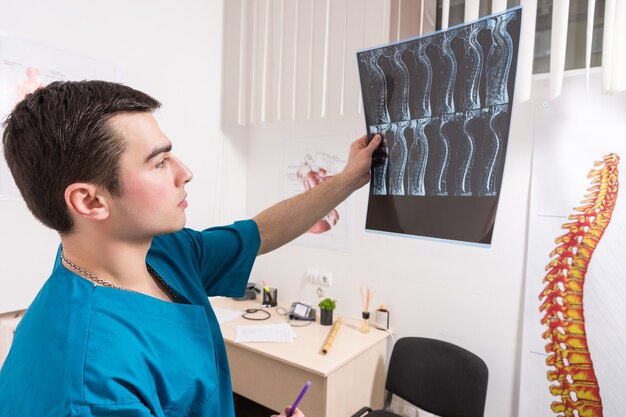Can You Spot Signs of Osteoporosis? Here's What to Look For
Are you feeling a persistent ache in your bones, noticing a change in your posture, or suddenly unable to fit into that jacket you've always loved because your spine seems to be subtly shrinking? You might be ignoring signs of osteoporosis—a condition that weakens the bones, making them fragile and more prone to fractures. Catching these signs early can be crucial for taking preventive measures. Here's how you can tell if you might have osteoporosis and what steps to take next.
Recognizing the Symptoms
Osteoporosis is often called a "silent disease" because bone loss occurs without symptoms. However, there are subtle signs that can signal the onset of osteoporosis:
- Frequent Fractures: If you find yourself experiencing fractures from minor falls or bumps, it could be a sign.
- Back Pain: Caused by a fractured or collapsed vertebra, persistent back pain is a common symptom.
- Loss of Height: Gradual loss of height over time can indicate spinal fractures.
- Stooped Posture: Noticeable changes in posture, such as a forward hunched position, might be a red flag.
- Bone Density Test Results: If you've undergone a DXA scan showing low bone density, it's a clear indicator.
Consulting with a healthcare provider is vital if any of these signs resonate with you. They can recommend a bone density test—often considered the gold standard for identifying osteoporosis.
What You Can Do
Once osteoporosis is detected, there are several steps you can take to manage and mitigate its impact. Lifestyle changes play a significant role:
- Diet and Exercise: Incorporate calcium and vitamin D-rich foods into your diet, and engage in weight-bearing exercises to strengthen bones.
- Medication: Your doctor may prescribe medications that can help slow down bone loss and improve bone density.
- Safety Precautions: Enhance your home to prevent falls—install handrails, use non-slip mats, and keep areas clutter-free.
Acting fast after a diagnosis can significantly impact your quality of life and reduce the risk of fractures.
Support and Resources
Understanding that health and financial stability often intersect, it's important to know about resources that could assist with osteoporosis-related expenses, health insurance, and treatments.
- Medicare/Medicaid: These programs can assist with the costs of bone density tests and certain medications.
- Financial Assistance Programs: Some pharmaceutical companies offer aid programs for medication costs.
- Educational Grants: Look for programs offering information and support in managing osteoporosis.
- Non-Profit Organizations: Groups like the National Osteoporosis Foundation offer resources, support groups, and educational materials.
If you're struggling with the financial implications of an osteoporosis diagnosis, consider exploring credit card solutions or debt relief options to better manage your healthcare costs.
Explore Potential Supports:
- 🏥 Government Health Programs: Medicare/Medicaid can cover tests and treatments.
- 💊 Pharmaceutical Assistance: Check for patient assistance programs to reduce medication costs.
- 🎓 Educational Grants: Attend workshops or get materials from osteoporosis support groups.
- 🏦 Financial Solutions: Consider debt relief or credit card options to manage medical expenses.
- 🤝 Non-Profit Organizations: The National Osteoporosis Foundation offers resources and community support.
Recognizing osteoporosis and acting quickly can prevent severe health consequences, offering a better quality of life. Don't stand by silently—discover the support available to you and take control of your health journey today.

Related Topics
- a Nurse Is Caring For a Client Who Has Osteoporosis.
- a Percutaneous Is Performed To Treat Osteoporosis Related Compression Fractures
- Can Alcohol Cause Osteoporosis
- Can I Do Pilates If I Have Osteoporosis
- Can I Reverse Osteoporosis
- Can Men Get Osteoporosis
- Can Osteoporosis Affect Teeth
- Can Osteoporosis Be Cured
- Can Osteoporosis Be Painful
- Can Osteoporosis Be Reversed